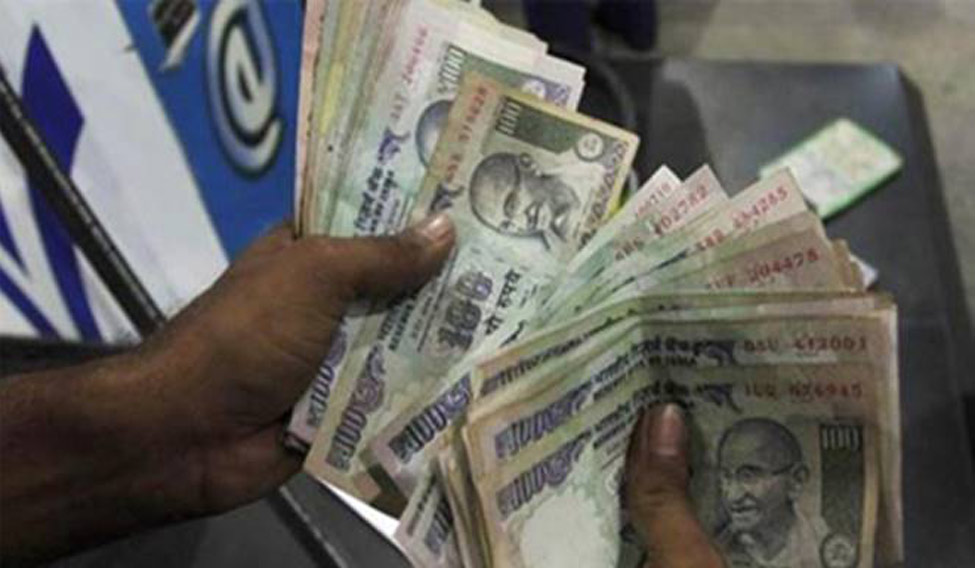Public sector banks continue to reel under huge bad loans, with overall gross non-performing assets (NPA) of 21 state-owned banks rising by more than Rs 1 lakh crore to over Rs 619,200 crore by the year ended March 2017.
With the Reserve Bank of deadline to banks to clean up their books passing by, there seems to be some urgency among stakeholders to address the issues, with the RBI also looking to expand its oversight committee. The rate of growth of bad loans has come down, but overall pressures are likely to remain in the current financial year, say analysts.
A collective data of 21 state-owned banks compiled by CARE Ratings shows total net loss narrowed to Rs 3,751 crore for the quarter ended March 2017 from a loss of Rs 23,788 crore in the year-ago quarter. However, the performance is still sharply weak compared to the net profit of Rs 7,790 crore in the fourth quarter ended March 2015.
Overall gross NPAs of 21 PSU banks stood at Rs 619,210 crore in the fourth quarter, up from Rs 516,159 in the year ago quarter and Rs 261,685 crore in the quarter ended March 2015.
However, the overall growth in gross NPAs last quarter at 20 per cent was much lower than the 97.24 per cent rise in gross NPAs banks reported in the quarter ended March 2016.
The provisions and contingencies (money that is set aside for covering bad loans) too declined 21 per cent to about Rs 53,923 crore in the quarter, from Rs 68,025 crore a year ago. Provisions and contingencies had more than doubled in the quarter ending March 2016.
Analysts say the lower level of provisions would have helped state-run banks recoup some of their losses.
“It does appear that the banking system, barring a handful of PSBs, should be able to recover henceforth if the March NPAs and provisions are indicative of state of things to come,” said Darshini Kansara, research analyst at CARE.
Net profit of country's largest lender State Bank of India more than doubled in the fourth quarter to to Rs 2,815 crore. SBI's gross NPA ratio came down slightly to 6.9 per cent of total loan book, compared with 7.23 per cent in December end. Fresh slippages (additions to bad loans) over 2016-17 have also come down sharply to Rs 39,071 crore, against Rs 64,198 crore in 2015-16.
Arundhati Bhattacharya, chairman of SBI said there could still be “little more pain” in the near-term, but things were on the “upswing” over slightly longer-term.
Last quarter, while some PSU banks swung to a profit and reported a quarter-on-quarter decline in NPAs, many others continued to see a rise in bad loans.
RBI is already keeping a close watch on banks that remain stressed. Earlier this month, it invoked prompt corrective action framework against IDBI Bank, restricting the lender's business activities, including curbs on lending and branch expansion.
“With March 2017 also being the deadline provided by the RBI to banks to clean up their books, the overall direction appears to be positive on the whole though assuredly problems with specific banks remain,” said Kansara.
RBI on Monday said it will increase the number of members and also expand the scope of the oversight committee that oversees debt restructuring proposals as a part of its plans to address the NPA problem in the sector.
“The RBI is working on a framework to facilitate an objective and consistent decision making process with regard to cases that may be determined for reference for resolution under the insolvency and bankruptcy code,” it said.
The central bank has already sought information on the current status of the large stressed assets from banks and has said current guidelines on restructuring will be examined for any necessary modification to resolve the stressed assets in the system.
Analysts say successful implementation of a few large stressed assets would be key.
“There seems to be a fair amount of urgency today among various stakeholders to resolve the issue of NPLs at the earliest. However, the major disappointment appears to be the frequent breakdown in negotiating a settlement with large borrowers,” said M.B. Mahesh and Nischint Chawathe, analysts at Kotak Institutional Equities.
The Kotak analysts also feel “we are probably past the peak” in terms of NPA recognition and say state-owned banks have already taken severe charges to earnings as delay in resolving bad loans led to higher provisioning.






